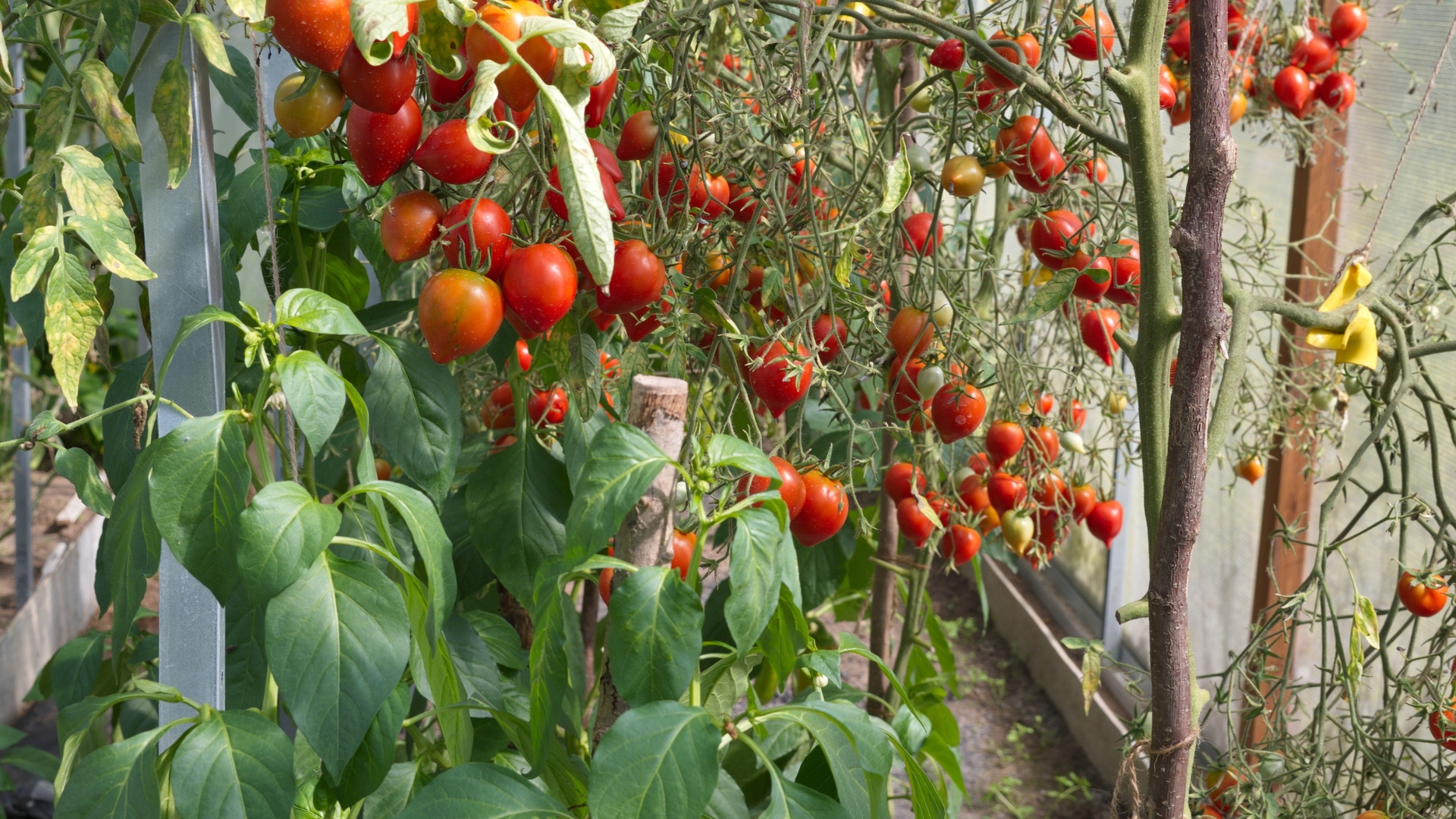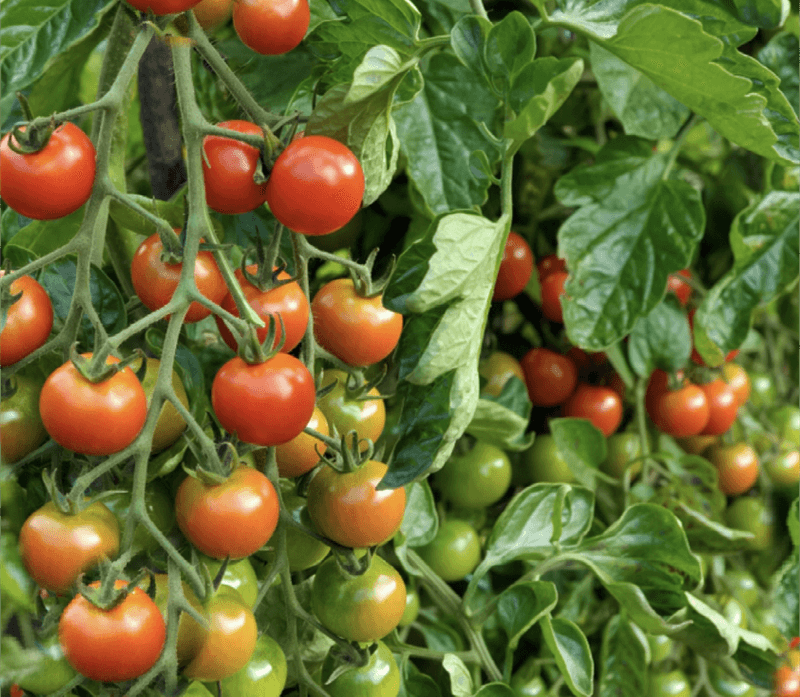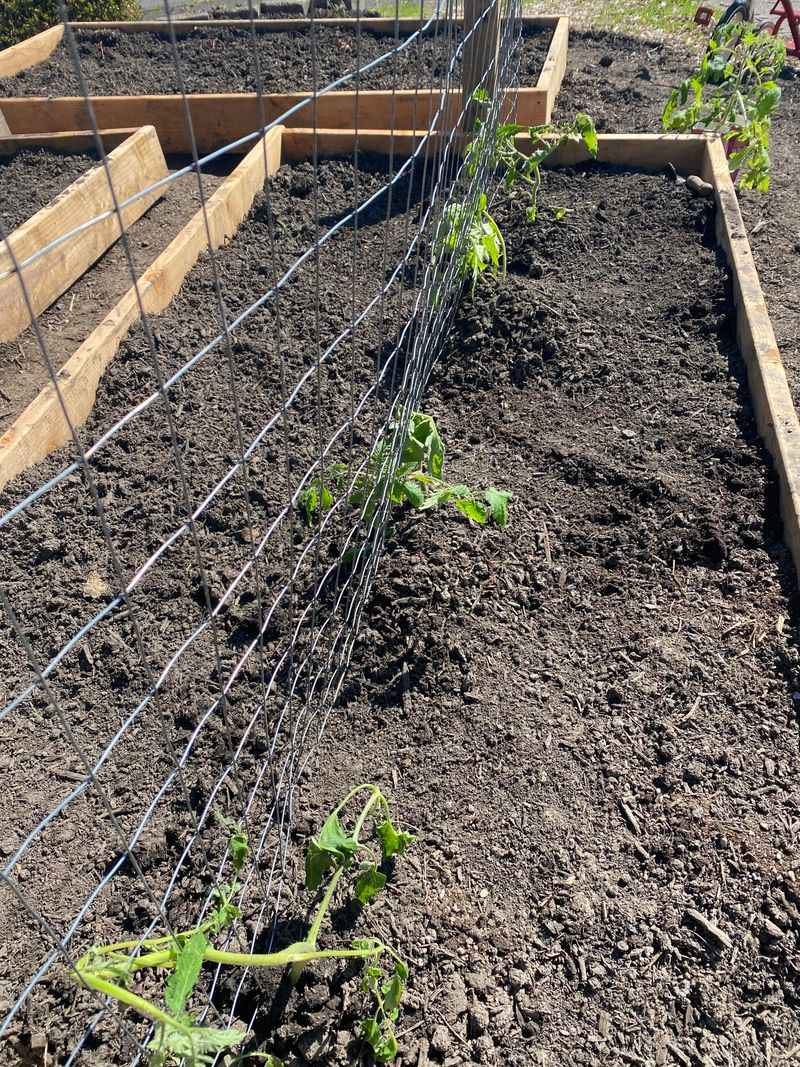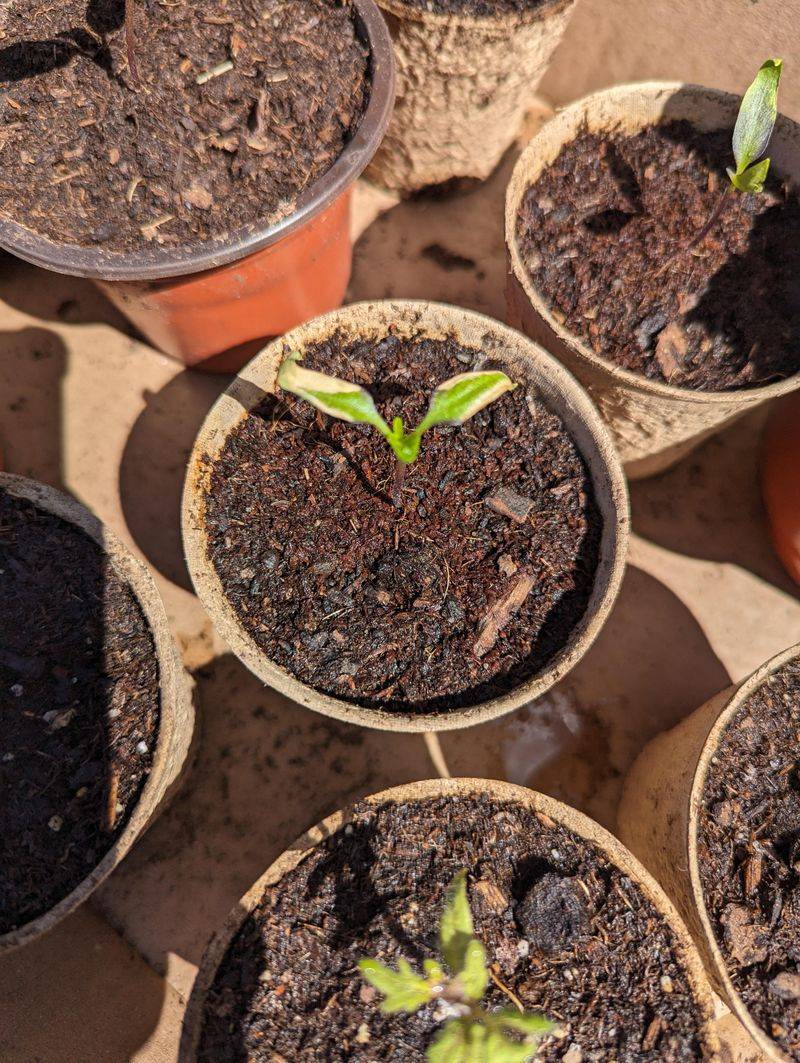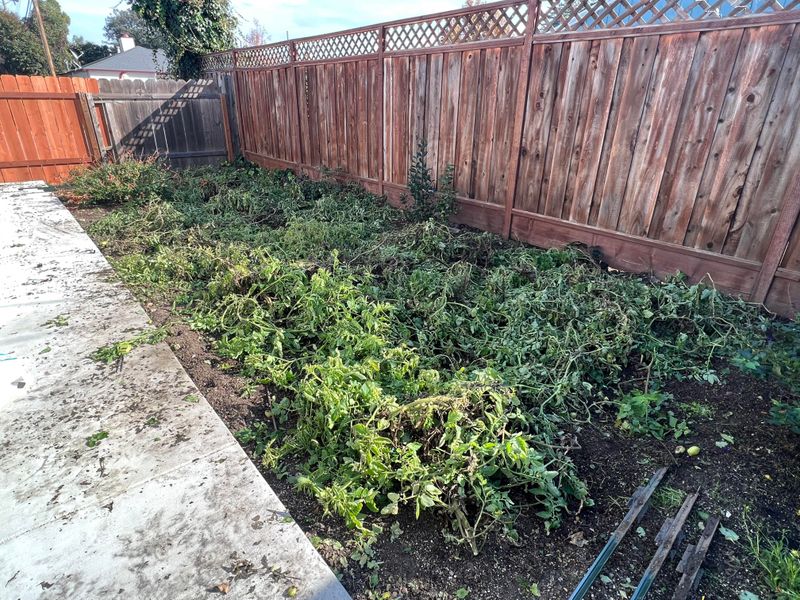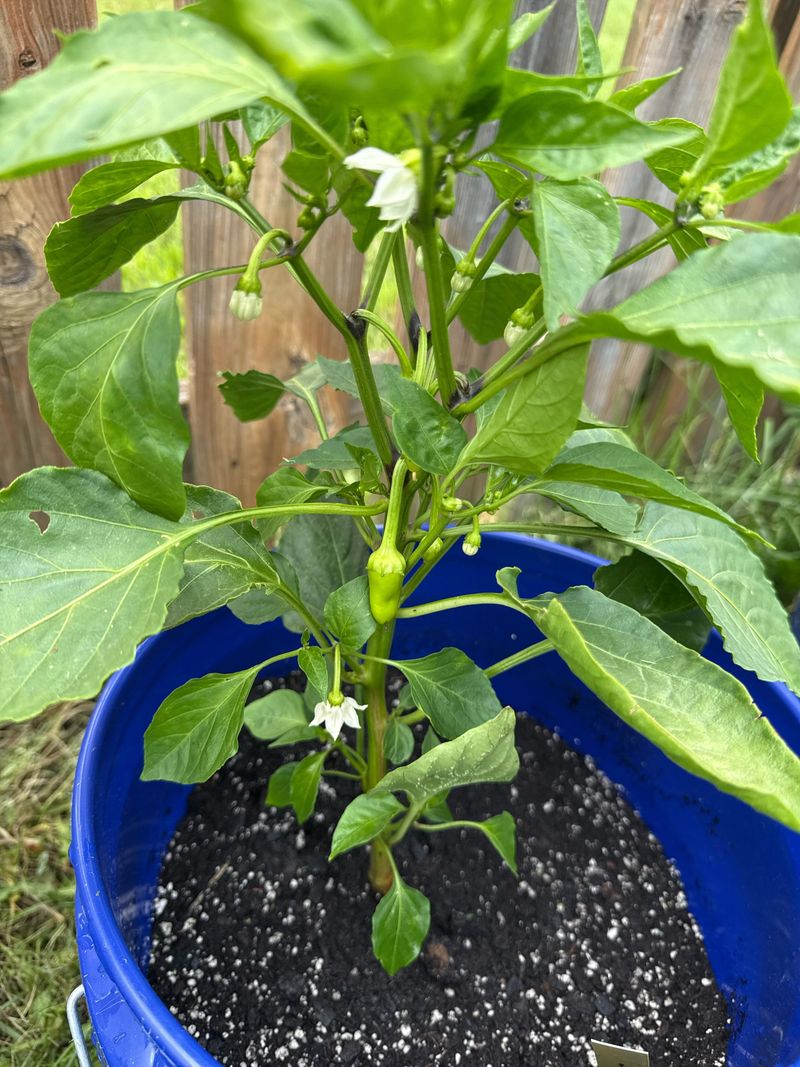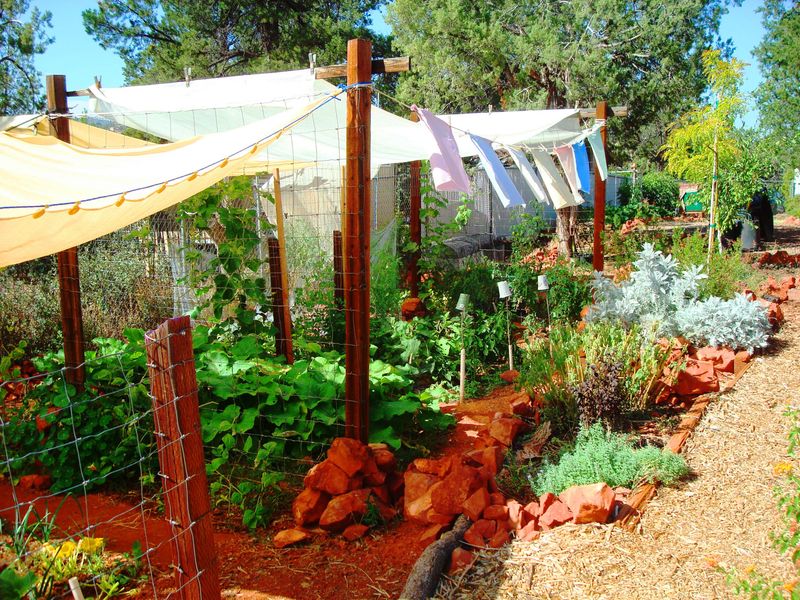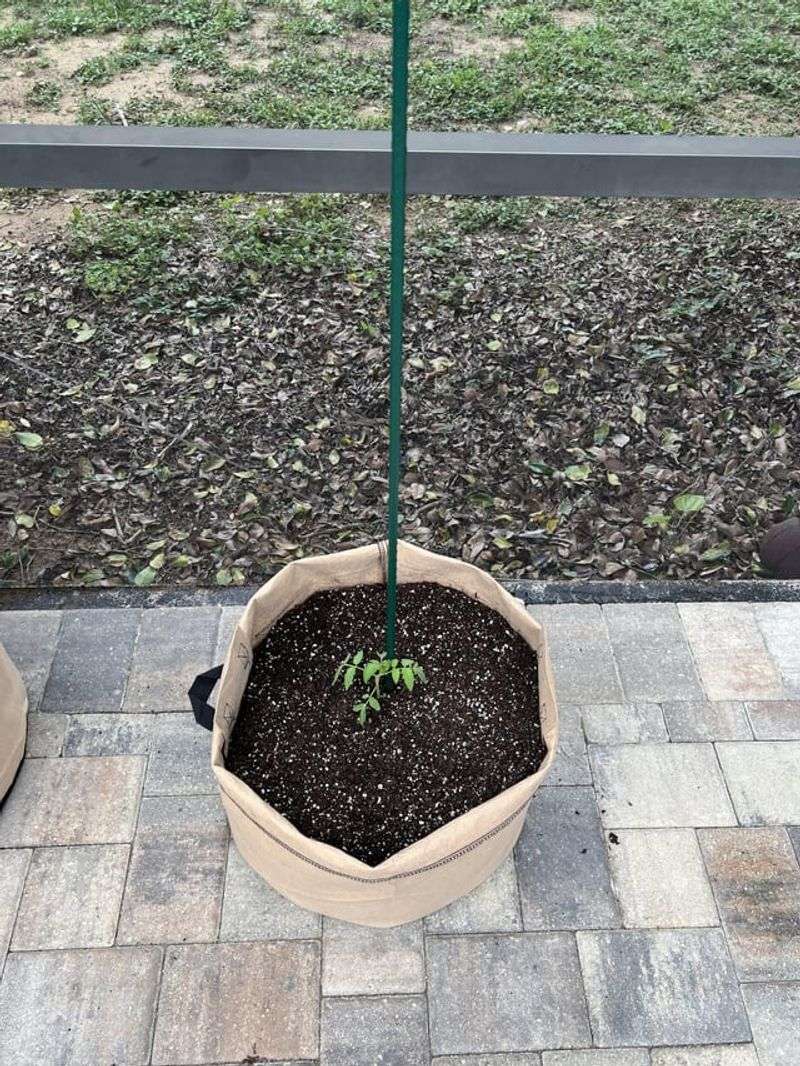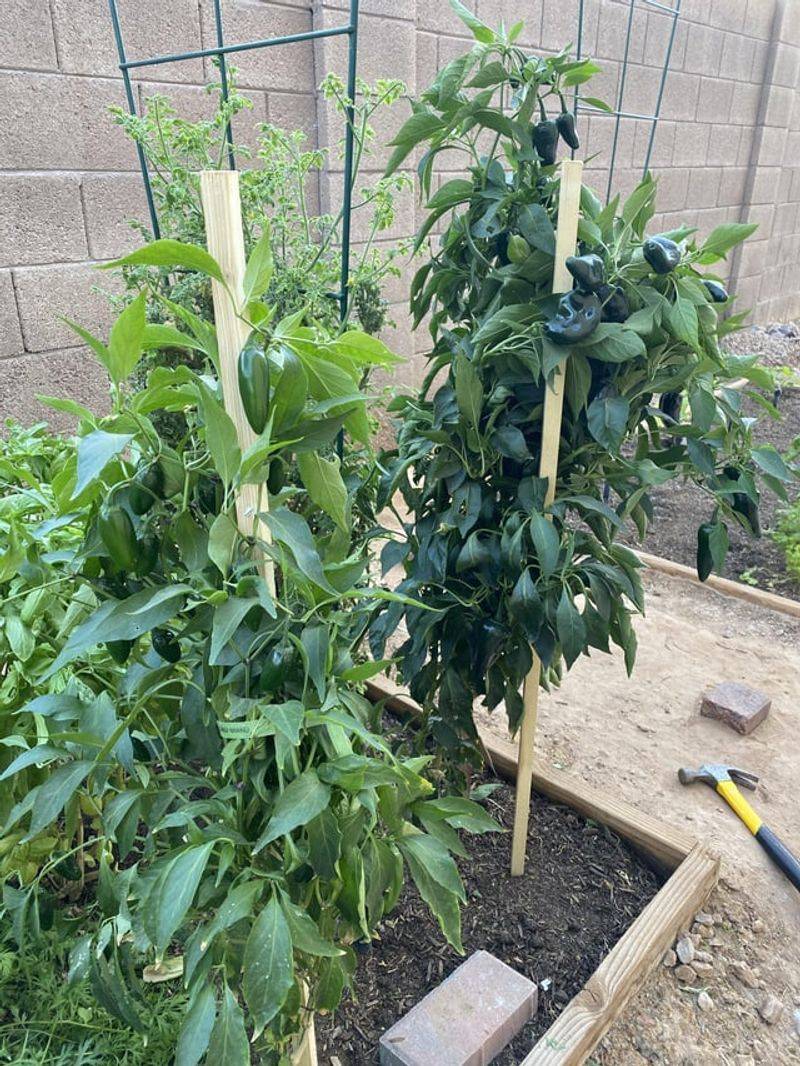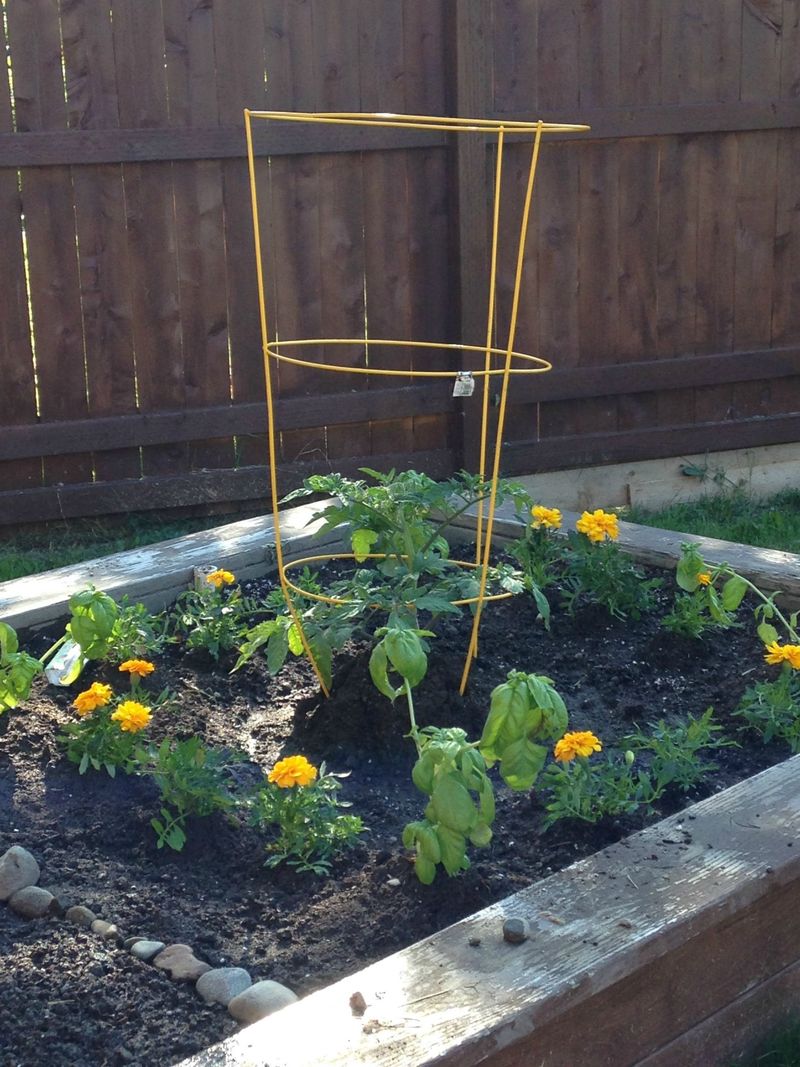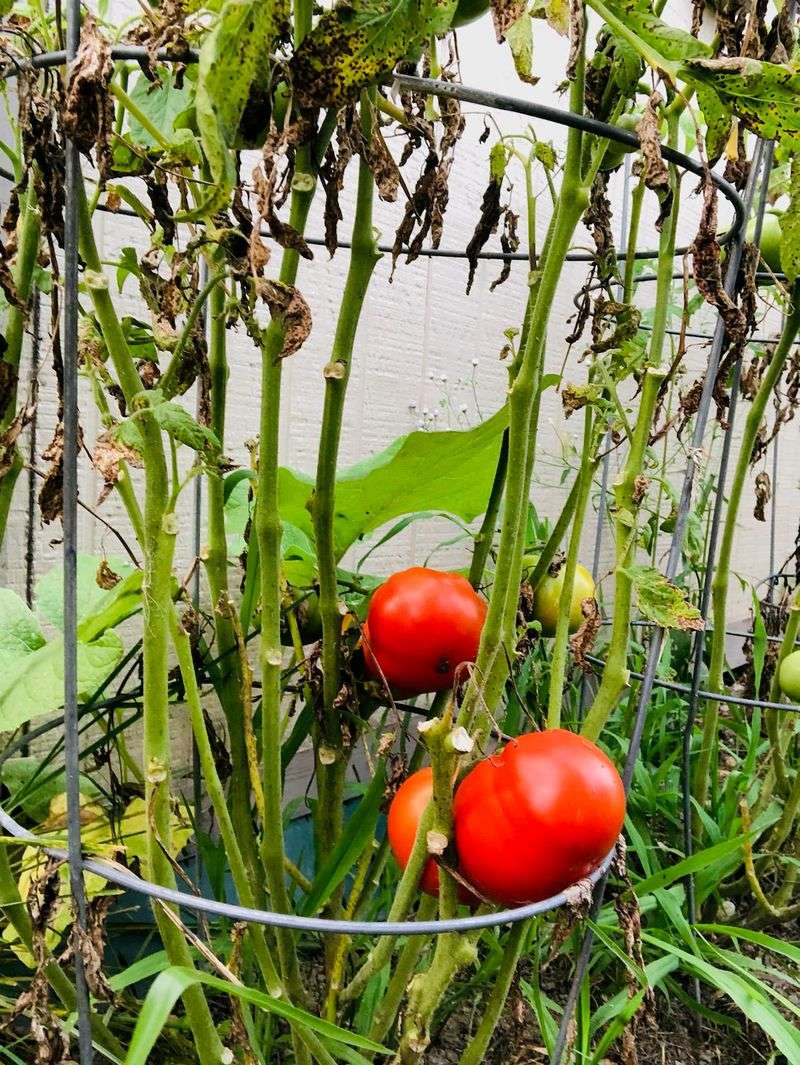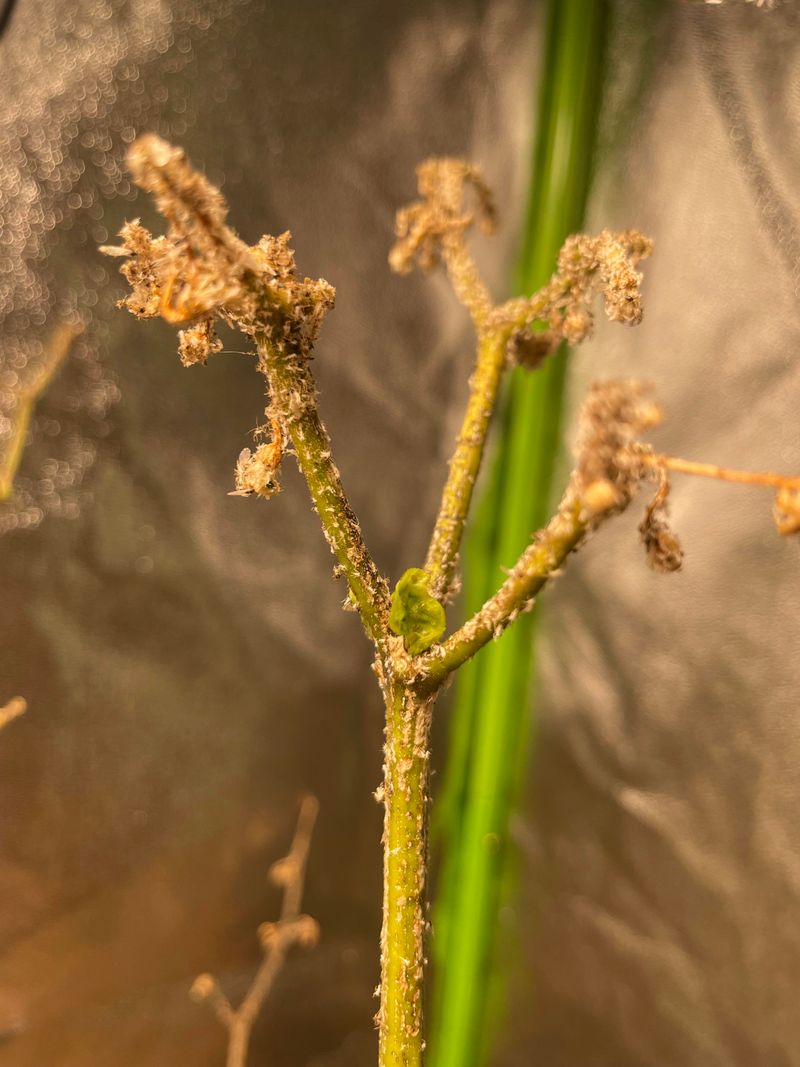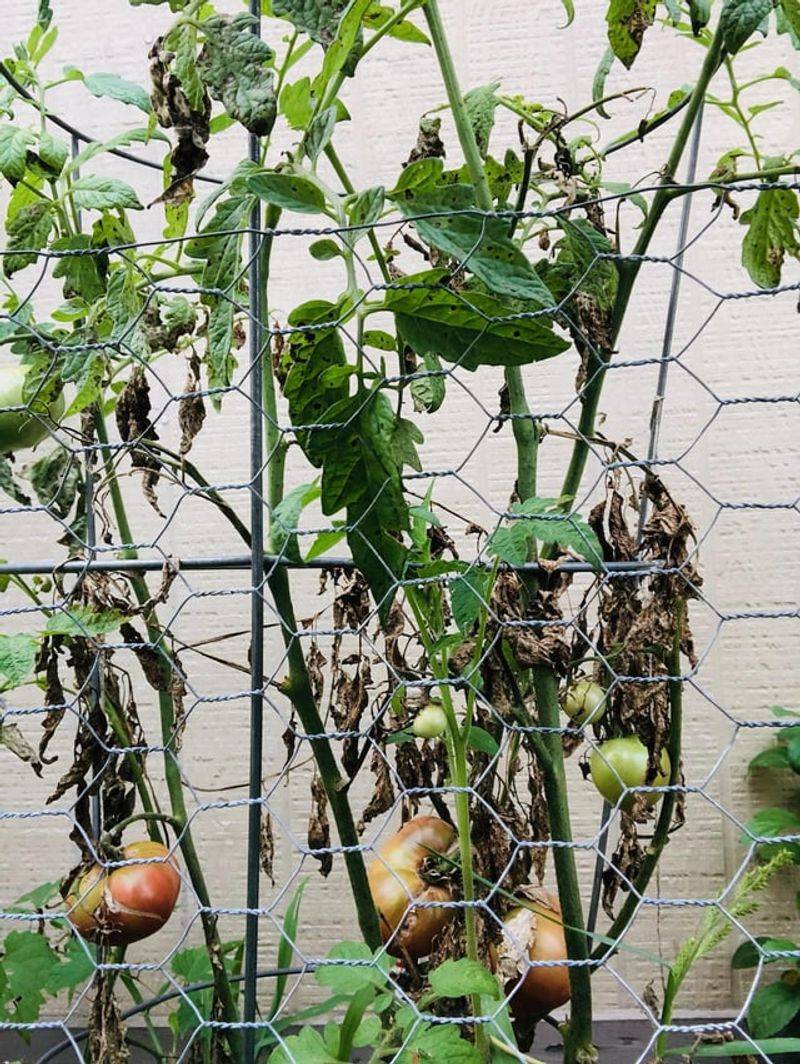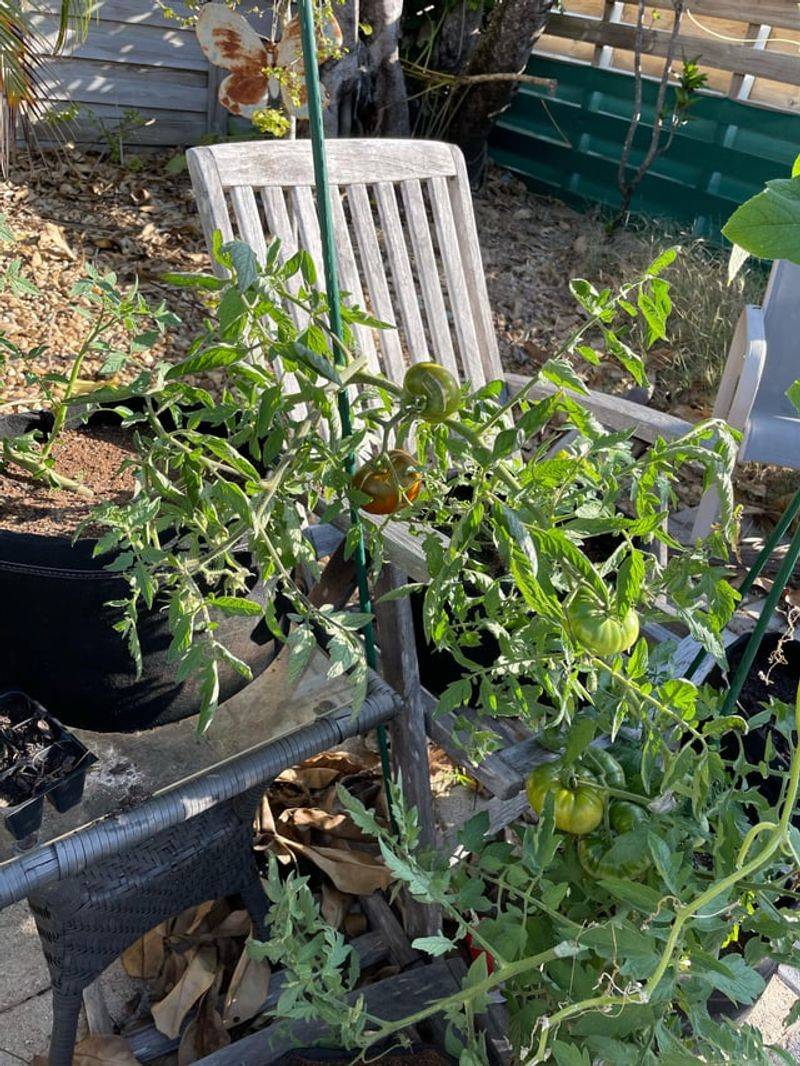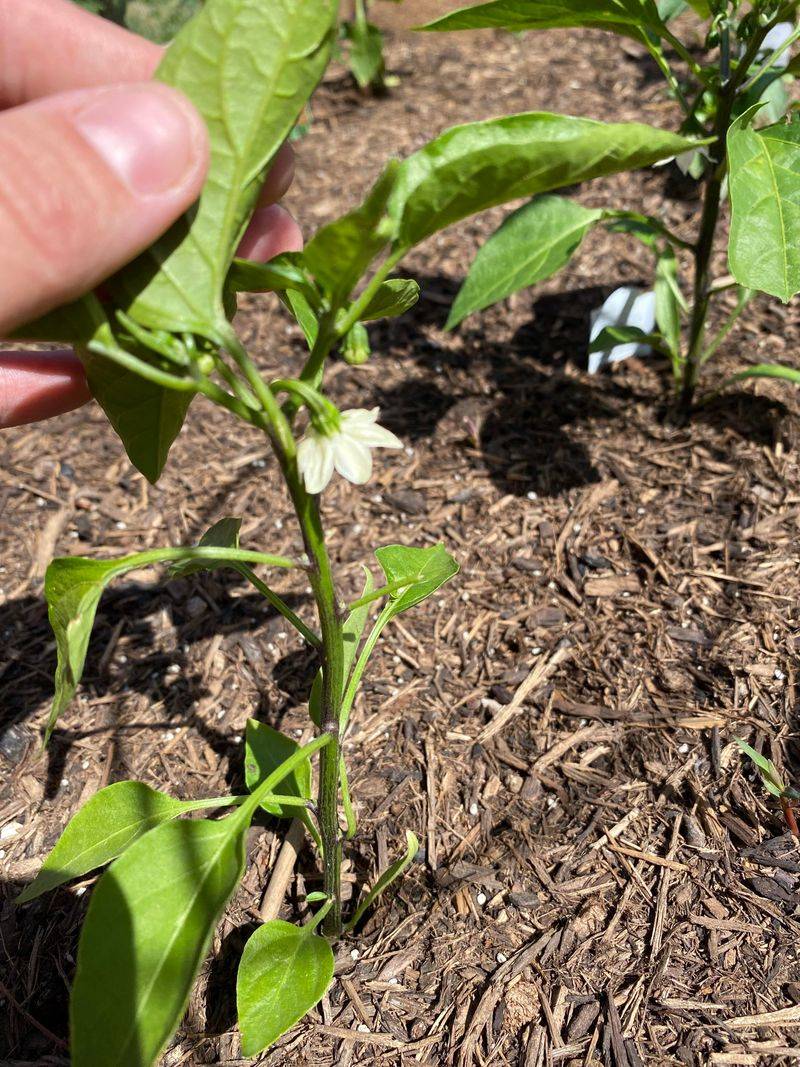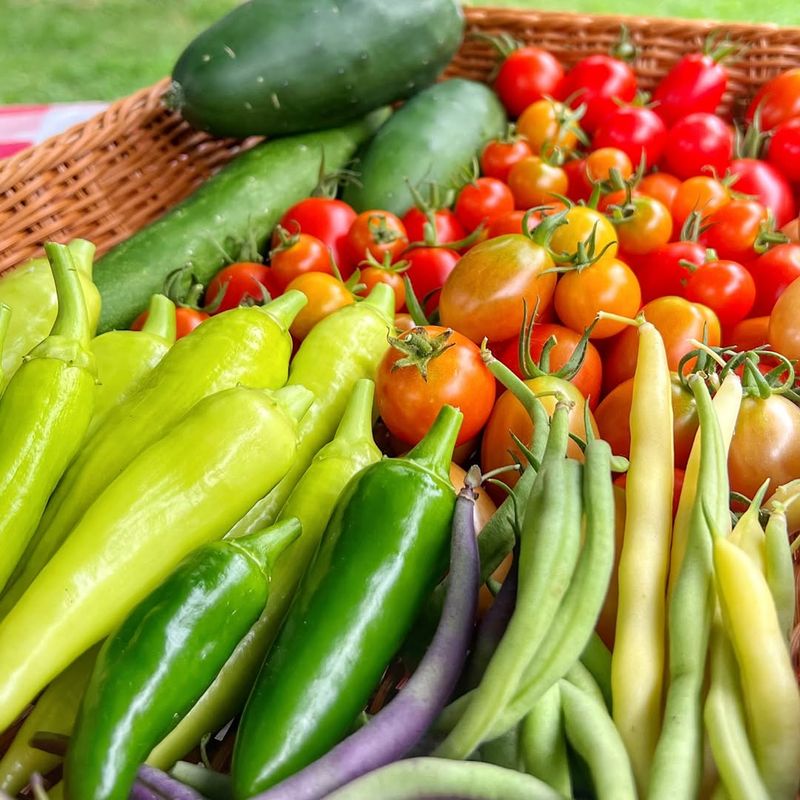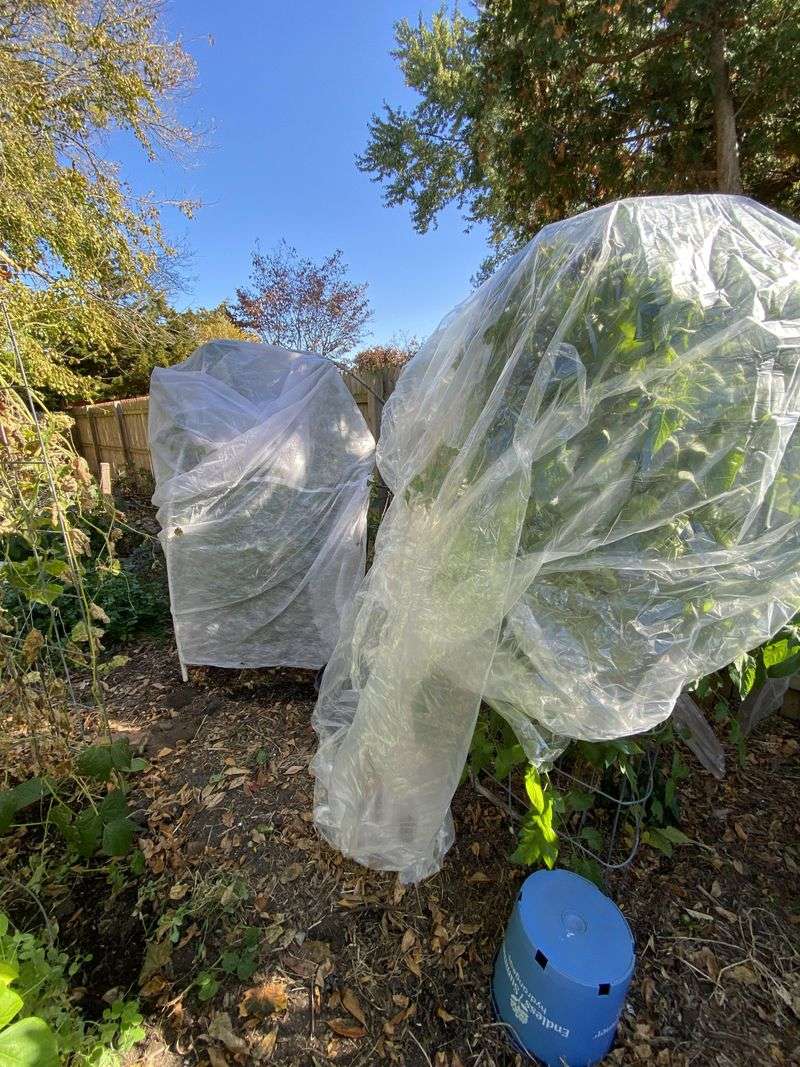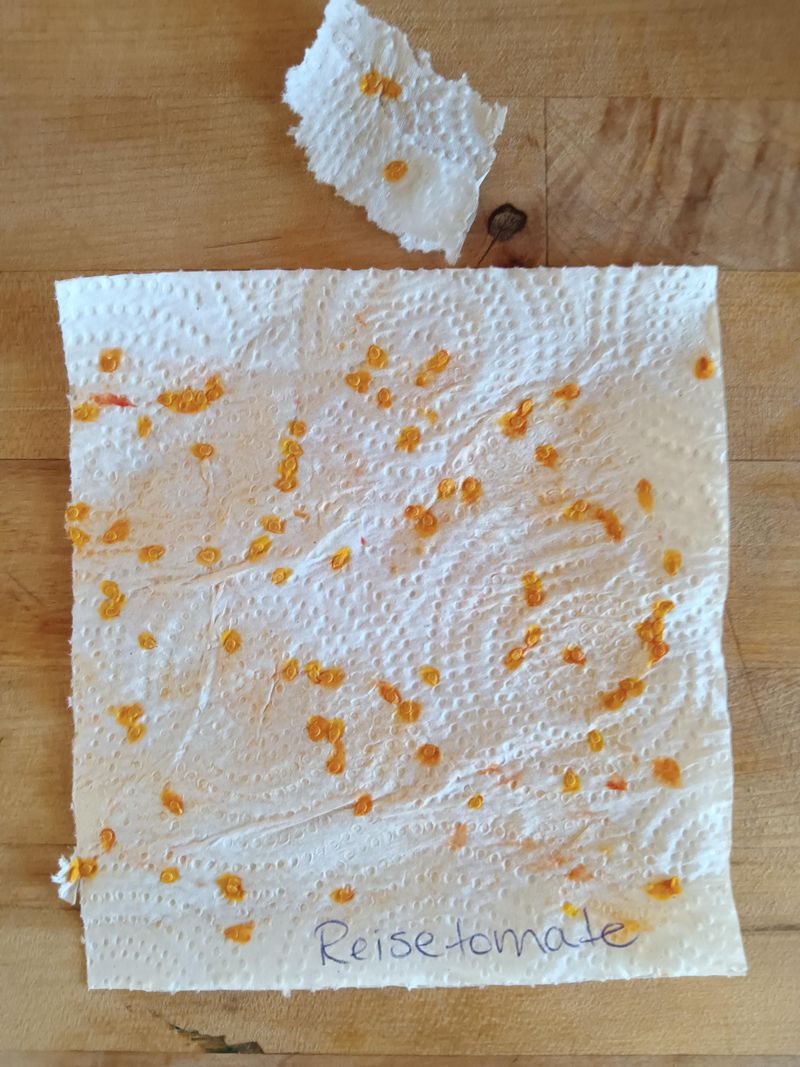Tomatoes and peppers make the ultimate garden duo—but they’ve got a few quirks when sharing space. I’ve made a few mistakes pairing them up, and trust me, some of those lessons were spicy.
These 17 tips will help you keep both plants happy, healthy, and loaded with flavor. It’s all about giving them the right balance without stepping on each other’s roots.
Let’s get your garden buzzing with color, fruit, and fewer headaches.
1. Choose compatible varieties
Not all tomato and pepper varieties play nicely together. Compact determinate tomatoes won’t overshadow smaller pepper plants, making them ideal companions. Bush varieties of both plants can thrive side by side without competing for resources.
When selecting varieties, consider matching growth habits and maturation times. Cherry tomatoes paired with banana peppers create a harmonious relationship, while massive beefsteak tomatoes might overwhelm delicate ornamental peppers.
2. Space properly
Proper spacing prevents a multitude of garden headaches. Allow at least 18-24 inches between tomato and pepper plants to ensure adequate airflow and sunlight penetration. Without proper spacing, plants compete for nutrients and become more susceptible to diseases.
Consider arranging plants in alternating rows rather than clumping all tomatoes together and all peppers together. This pattern maximizes space efficiency while minimizing the risk of disease spread between similar plant types.
3. Plant at the right time
Timing matters tremendously when planting these warm-season crops together. Both plants hate frost but tomatoes can sometimes tolerate slightly cooler conditions than peppers. Wait until soil temperatures reach at least 60°F before transplanting either crop outdoors.
Consider giving tomatoes a two-week head start if you’re in a cooler climate. This timing adjustment compensates for their slightly different temperature preferences while still allowing them to mature together in the same bed.
4. Create ideal soil conditions
Fortunately, these nightshade relatives share similar soil preferences, making companion planting easier. Aim for slightly acidic soil with a pH between 6.0 and 6.8. Incorporate plenty of compost before planting to improve drainage and fertility.
Add a balanced organic fertilizer during bed preparation rather than high-nitrogen options. Too much nitrogen promotes lush foliage at the expense of fruit production – a common mistake that leads to beautiful plants but disappointing harvests.
5. Provide consistent water
Both crops demand consistent moisture without waterlogged conditions. Implement a regular watering schedule delivering about 1-2 inches weekly, adjusting for rainfall. Morning watering allows foliage to dry before evening, reducing disease risk.
Consider installing a drip irrigation system to deliver water directly to the soil rather than splashing the leaves. This approach not only conserves water but also prevents many common foliar diseases that plague both tomatoes and peppers.
6. Manage shade considerations
Tomato plants typically grow taller than peppers and can cast unwanted shade. Plant taller tomato varieties on the north side of your garden bed to prevent them from blocking sunlight from shorter pepper plants.
If you’ve already planted without considering this orientation, you can still manage light exposure. Prune lower tomato branches that specifically shade pepper plants while maintaining enough foliage for healthy tomato production.
7. Use mulch strategically
Mulching offers multiple benefits for both plants, from moisture retention to weed suppression. Apply a 2-3 inch layer of organic mulch like straw or shredded leaves, keeping it slightly away from the stems to prevent rot.
Red plastic mulch works particularly well for peppers by reflecting specific light wavelengths that stimulate growth. Black plastic mulch benefits tomatoes by warming the soil. You can actually use different mulch types in the same bed to optimize conditions for each plant.
8. Support both plants properly
Proper support prevents sprawling plants and keeps fruits off the ground. Tomatoes absolutely require staking, caging, or trellising due to their vigorous growth habits and heavy fruit load.
While peppers often stand independently, larger varieties benefit from support too. Use smaller cages or stakes for pepper plants to prevent stem breakage during heavy fruiting. Proper support also improves air circulation, reducing disease pressure for both crops.
9. Practice companion planting
Enhance your tomato-pepper partnership with beneficial neighbors. Basil planted nearby repels pests while improving flavor, and marigolds deter nematodes that attack both plants’ roots. Avoid planting potatoes nearby as they compete for similar nutrients.
Consider adding nasturtiums as sacrificial plants that attract aphids away from your prized crops. Chives and garlic make excellent perimeter plants, creating a protective barrier against many common garden pests while taking up minimal space.
10. Implement crop rotation
Though growing together this season, remember both plants belong to the nightshade family. Don’t plant either crop where the other grew previously to prevent soil-borne disease buildup. Maintain a 3-4 year rotation schedule for all nightshade family members.
Keep detailed garden maps each season to track where these plants grow. Following nightshades with legumes like beans or peas helps restore nitrogen to the soil, preparing it for future plantings and breaking potential disease cycles.
11. Monitor for shared pests
Several pests target both plants, making vigilance crucial. Hornworms, aphids, and whiteflies commonly attack both crops. Inspect undersides of leaves regularly where pests often hide and multiply undetected.
Introduce beneficial insects like ladybugs and lacewings as natural predators. For severe infestations, consider neem oil applications which effectively control multiple pests while remaining safe for organic gardens. Early detection makes all the difference in preventing major crop damage.
12. Watch for cross-diseases
Disease management becomes especially important when growing related plants together. Early blight, bacterial spot, and mosaic viruses can quickly spread between tomatoes and peppers. Remove and destroy (don’t compost) any infected leaves immediately upon discovery.
Maintain good air circulation by proper spacing and pruning. Avoid working with plants when wet, as moisture facilitates disease spread. Using soaker hoses rather than overhead watering keeps foliage dry, dramatically reducing disease pressure on both crops.
13. Fertilize appropriately
Both plants appreciate similar fertilization schedules but with slightly different formulations. Start with balanced fertilizer at planting time. As fruiting begins, transition to lower-nitrogen, higher-phosphorus options to encourage blooming and fruit development.
Consider supplementing with calcium to prevent blossom end rot, which affects both crops. A foliar spray of compost tea every few weeks provides micronutrients without promoting excessive leafy growth. Remember that over-fertilizing can be as harmful as under-fertilizing.
14. Prune strategically
Pruning benefits both plants but requires different approaches. Remove tomato suckers (the shoots growing between main stem and branches) to improve air circulation and direct energy to fruit production.
Pepper plants generally need less pruning than tomatoes. Focus on removing only damaged leaves or branches that touch the ground. For both plants, maintain enough healthy foliage to prevent sunscald on developing fruits while ensuring adequate airflow between plants.
15. Harvest correctly
Proper harvesting techniques promote continued production from both plants. Use sharp scissors or pruners rather than pulling fruits, which can damage stems. Harvest tomatoes when they show color but before fully ripe for longer shelf life.
Pepper harvesting varies by variety and intended use. Most sweet peppers can be harvested green or allowed to ripen to red, yellow, or orange for sweeter flavor. Regular harvesting from both plants encourages more flowering and additional fruit set.
16. Extend the growing season
Maximize your harvest by protecting plants from early fall frosts. Cover both crops with lightweight row covers when temperatures threaten to dip below 50°F. These covers can provide 3-5 degrees of protection, often enough to keep plants producing for several additional weeks.
Consider using wall-o-water protectors or plastic tunnels for season extension at both ends of the growing season. The effort pays off with significantly increased yields from the same garden space and plant investment.
17. Save seeds properly
Both plants offer excellent seed-saving opportunities with a few important caveats. Choose open-pollinated varieties rather than hybrids if seed-saving is your goal. Hybrid seeds won’t produce plants true to the parent.
Maintain proper isolation distances to prevent cross-pollination between different varieties of the same species. While tomatoes and peppers won’t cross with each other, different pepper varieties can cross-pollinate. Allow fruits to fully ripen beyond the eating stage before collecting seeds for next season.

